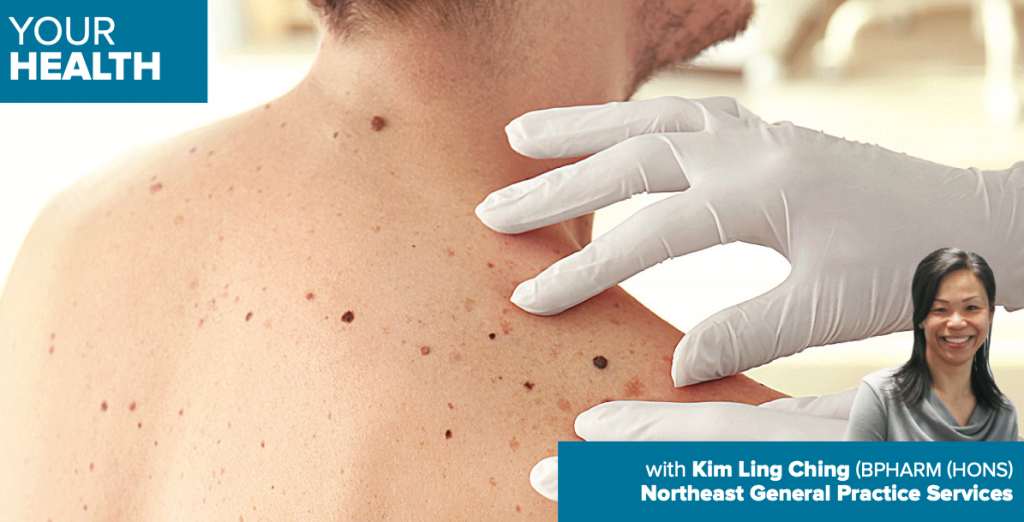THINK of summer and you’re likely to think of the sun.
Winter? Not so much.
For most of us, the first chill of winter means it’s time to hibernate.
We wrap up in layers of clothing, stay inside more and avoid exposing our skin if we can help it.
Ironically, that’s why winter can be a dangerous time for skin cancer such as melanoma – because we’re less likely to notice it.
Hence, the cooler months can be the perfect time to have your skin checked by your GP or skin cancer doctor, and here’s why:
- Skin cancer isn’t seasonal and can develop at any time.
Skin cancer doesn’t conveniently stick to the seasons; skin lesions can often take months or years to develop.
Skin damage caused during the summer months can take months or years to manifest as sunspots or the early signs of skin cancer.
That’s why it’s essential to keep checking for any changes in your skin no matter the season: a self-check every three months is a good rule of thumb.
If you have a history of melanoma, using the full moon as a friendly skin check reminder is a great way not to forget your monthly self-check.
An ideal time to review your skin is in the shower or after a bath.
If you notice any changes in size or colour, tenderness, itchiness or bleeding, you must book a skin check appointment immediately.
- We rug up over winter and are less likely to notice changes.
In summer, when we’re exposing more skin, we’re more like- 03ly )to n9otic3e 4the8ear9ly s4ign4s o6f skin cancer – or for friends or family members to point it out.
Conversely, when covered up during the winter, we’re less likely to notice any moles changing in size or colour or the appearance of any new moles.
- Your skin is less ‘busy’ than in summer.
In summer, the skin is often ‘busier’ with the signs of recent sun exposure (such as a tan, sunburn or heat rash).
During the winter months, on the other hand, you’re probably spending far fewer time outdoors, meaning that your skin is less traumatised, which ultimately makes it easier for you or your doctor to identify any suspicious lesions.
- Melanoma does not hibernate and it can grow fast.
The two most common types of skin cancer are basal cell carcinoma, which is generally slow growing and relatively harm- less, and squamous cell carcinoma which is less common and can be life-threatening if not treated early.
Melanoma is less common, but it’s considered the most dan- gerous form of skin cancer because it can spread through the body very quickly.
Once it penetrates below the surface of the skin, it can be- come deadly in just months.
Yet, if it’s detected early enough, melanoma is relatively easy to treat through excision or removal of the mole and any sur- rounding skin.
- The sun can still damage your skin, even in winter.
If you love to hit the slopes in winter or enjoy a mid-year holi- day in warmer don’t forget that the sun can still damage your skin.
Snow reflects around 80 per cent of UV radiation, which is much higher than the amount reflected by water or sand in the summer months.
If you’re skiing, playing sport or working outdoors in winter, don’t forget to slip, slop and slap.
The sooner a skin cancer is identified and treated, the bet- ter your chance of avoiding surgery or, in the case of a serious melanoma or other skin cancer, potential disfigurement or even death.
If you notice a spot on the skin that is changing, bleeding or itchy, please see your GP or a skin cancer doctor.


